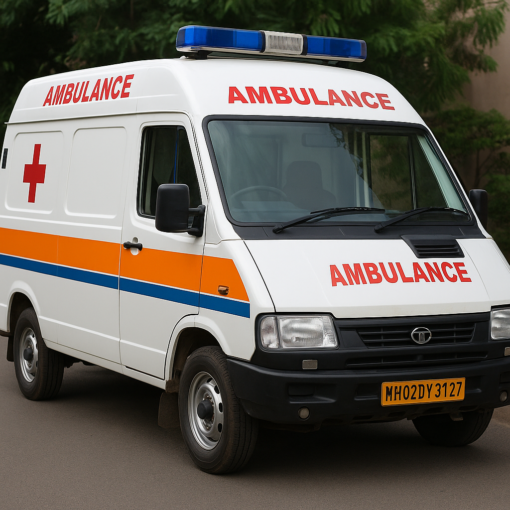Introduction
The National Disaster Management Authority (NDMA) of India plays a critical role in formulating policies that ensure effective disaster response and healthcare management. One of its key focus areas is the development of hospital triage policies—especially in the face of public health emergencies, natural disasters, or mass casualty events. NDMA’s triage guidelines aim to improve the quality and efficiency of emergency care delivery, helping hospitals prioritize patients based on the severity of their condition.
What is Triage?
Triage is a process used in emergency medical situations to determine the priority of patients’ treatments based on the severity of their condition. The goal is to maximize the number of survivors by ensuring that limited medical resources are used most effectively.
Objectives of the NDMA Triage Guidelines
- To establish a standardized triage system across healthcare institutions.
- To ensure quick identification and categorization of patients in emergencies.
- To facilitate better coordination among emergency services and hospital departments.
- To improve resource allocation and reduce mortality in disaster or mass casualty scenarios.
Key Elements of the NDMA Triage Policy
- Categorization of Patients
NDMA recommends a color-coded triage system, commonly used worldwide:- Red (Immediate): Life-threatening conditions requiring immediate intervention.
- Yellow (Delayed): Serious but not immediately life-threatening injuries.
- Green (Minor): Walking wounded with minor injuries.
- Black (Expectant/Deceased): No signs of life or injuries incompatible with survival.
- Triage Officers
Triage must be carried out by trained medical professionals—preferably doctors or nurses with disaster response experience. The guidelines emphasize regular training and simulation drills. - Triage Zones
Hospitals are advised to demarcate specific triage zones near emergency departments or disaster entry points. These zones should be equipped with essential medical supplies and communication tools. - Use of Triage Tags
Every patient must be labelled with a triage tag indicating their category, vital signs, and required interventions. These tags ensure continuity of care during patient transfer or handovers. - Integration with Emergency Response Systems
Triage procedures must be integrated with local emergency medical services (EMS), fire departments, and police to streamline patient transportation and resource sharing. - Documentation and Reporting
NDMA stresses the importance of maintaining detailed records of triage assessments and patient outcomes for legal, administrative, and research purposes.
Special Considerations in the Guidelines
- Pandemics and Infectious Outbreaks:
NDMA outlines modified triage protocols for infectious diseases to include isolation, PPE protocols, and prioritization based on both clinical severity and potential for transmission. - Children and Vulnerable Populations:
Paediatric triage tools and procedures for the elderly or disabled must be adapted accordingly, recognizing that standard methods may not apply uniformly. - Ethical Considerations:
Triage policies must adhere to ethical principles such as fairness, transparency, and respect for human dignity, especially when resource scarcity leads to difficult decisions.
Implementation and Training
NDMA encourages hospitals to:
- Conduct regular triage training and mock drills.
- Develop internal triage SOPs (Standard Operating Procedures).
- Collaborate with local health departments and disaster response units.
- Invest in infrastructure and staffing improvements where needed.
Conclusion
The NDMA’s hospital triage policy guidelines provide a comprehensive framework for managing patient flow during emergencies. Their effective implementation can significantly reduce chaos, improve survival outcomes, and ensure a coordinated healthcare response in times of crisis. As India faces increasing threats from natural and manmade disasters, robust triage protocols are no longer optional—they are essential.

